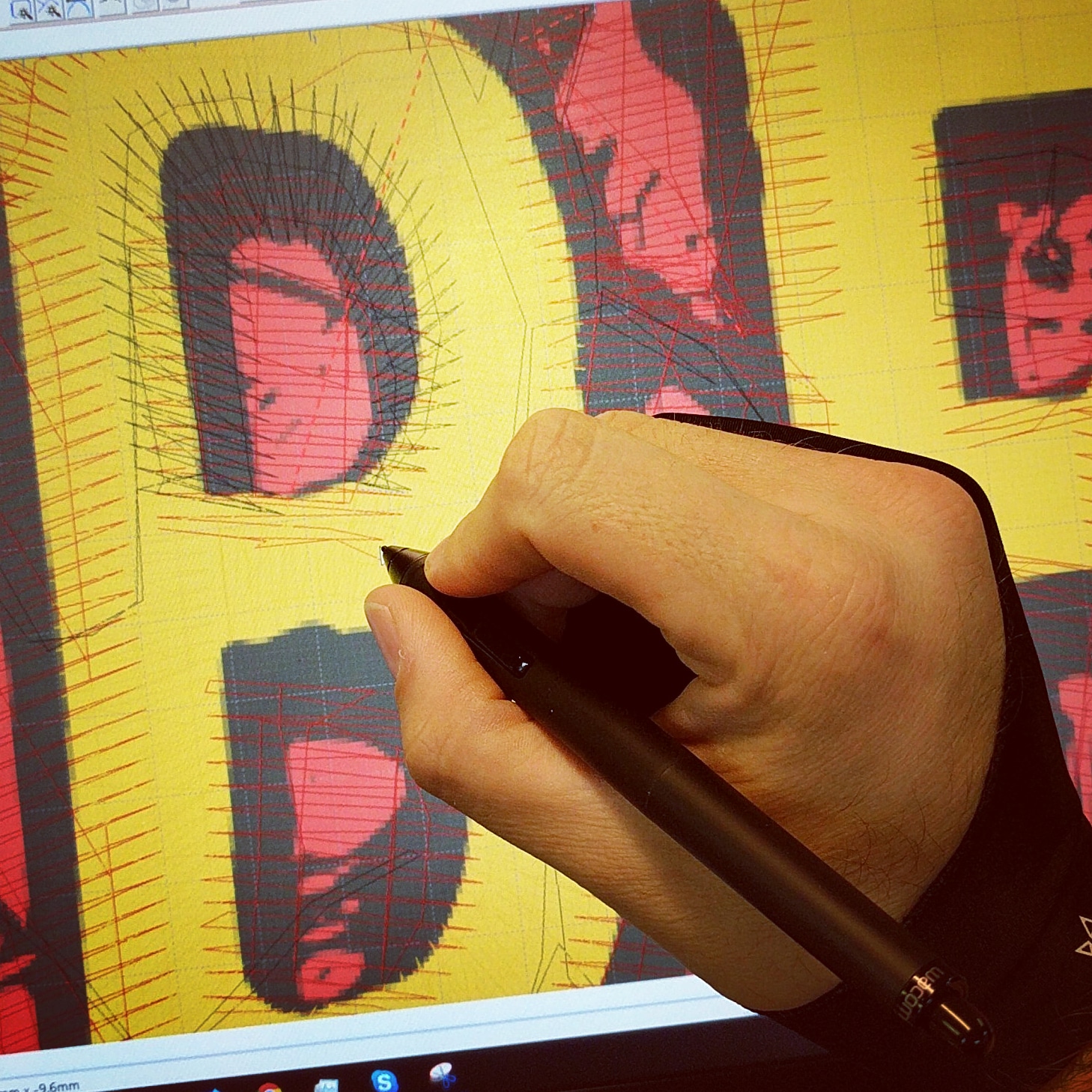Personalized Digitizing for Embroidery: Customized to Your Demands
Personalized Digitizing for Embroidery: Customized to Your Demands
Blog Article
Simplifying the Art of Embroidery Digitizing: Step-by-Step Overview
As modern technology continues to advance, the digitization procedure has actually become extra easily accessible, permitting enthusiasts to bring their elaborate layouts to life with convenience. In this guide, we will certainly decipher the intricacies of embroidery digitizing, damaging down each step systematically to streamline the procedure and empower both beginners and experienced embroiderers alike.
Comprehending Needlework Digitizing Software Program
Embroidery digitizing software application acts as an essential tool for transforming detailed layouts right into electronic styles suitable with needlework makers, facilitating specific sewing and modification. This specific software application allows customers to import various photo documents layouts, such as JPG or PNG, and transform them right into needlework machine-readable formats like DST, EXP, or PES - Digitizing for Embroidery. By utilizing functions like stitch editing, underlay choices, and string color choice, digitizing software program makes it possible for individuals to regulate every facet of the layout procedure
Additionally, advanced needlework digitizing software application supplies tools for producing complex layouts, changing stitch density, and including complex information. Customers can additionally preview the layout before stitching it out, making certain precision and lessening errors. In addition, numerous software application programs offer automatic functions that help improve the digitizing procedure, conserving time and initiative.
Comprehending the abilities of needlework digitizing software program is vital for accomplishing top notch lead to embroidery jobs. By understanding this device, needlework lovers and experts can unleash their imagination and bring complex styles to life with precision and effectiveness.

Selecting the Right Style File
After acquainting on your own with the capacities of needlework digitizing software program, the next essential step in the procedure is picking the best design declare your job. Digitizing for Embroidery. When selecting a design declare embroidery digitizing, it's necessary to think about the intricacy of the design, the dimension of the last product, and the type of textile you will certainly be dealing with
For intricate designs with great details, a high-resolution image or vector documents is advised to make certain that the embroidery equipment can precisely recreate the design. Furthermore, the size of the final product plays a significant duty in picking the appropriate design documents. Bigger layouts may call for higher resolution files to keep clearness and sharpness.
In addition, the type of textile you will be stitching on affects the option of layout file. Different fabrics might require modifications in the layout file to guarantee that the stitches are effectively aligned and the style shows up as intended. By meticulously selecting the ideal layout file based on these aspects, you can establish yourself up for a successful needlework digitizing process.
Digitizing Tools and Strategies
Utilizing specialized software application and accuracy techniques, digitizing tools are essential in transforming complex designs right into embroidery-ready data. Embroidery digitizing software application, such as Wilcom, Hatch, or Embrilliance, gives the necessary platform to convert artwork into stitch data. These programs provide attributes like stitch editing, underlay options, and lettering tools to ensure the design equates flawlessly onto fabric.
Among the vital strategies in digitizing is producing a clear path for the embroidery equipment to comply with. This includes digitizing each aspect of the style with precision, figuring out stitch kinds, densities, and directions. By using tools like digitizing tablets or software-specific plugins, embroiderers can accomplish a high level of accuracy in their digitized layouts.
In addition, understanding the art of rug stitching is vital for generating top quality needlework. Underlay stitching stabilizes the textile and develops a foundation for the design, guaranteeing that the end product is both visually attractive and resilient. By understanding these digitizing devices and strategies, embroiderers can raise their craft and bring intricate layouts to life with accuracy and efficiency.
Customizing Stitch Kinds and Directions
The selection of Find Out More stitch kinds can significantly influence the general look and texture of the stitched layout. By tactically incorporating these stitch types, embroiderers can accomplish deepness and measurement in their layouts.
Moreover, the instructions of stitches plays a critical role in enhancing the visual allure of the final embroidery. By exploring with different stitch angles and Web Site patterns, embroiderers can bring their designs to life with remarkable detail and intricacy.
Screening and Refining Your Digitized Style
To make sure the precision and high quality of your digitized style, detailed screening and improvement are necessary actions in the needlework digitizing process. As soon as you have actually completed the digitization of your design, it is important to examine it before waging the real embroidery. Evaluating permits you to identify any potential concerns such as string breaks, stitch density problems, or layout distortions that might affect the outcome.

After screening, it is very important to improve your digitized layout based upon the comments from the test sew-out. This might include tweaking stitch setups, changing densities, or making changes to the overall layout to accomplish the desired end result. By repeating through screening and improvement, you can fine-tune your digitized layout to perfection before relocating forward with the real embroidery process.
Verdict
Finally, mastering the art of needlework digitizing calls for a complete understanding of the software application, picking the ideal design documents, using digitizing tools and techniques, tailoring stitch types and instructions, and testing and improving the digitized style. By adhering to these steps, embroiderers can streamline the digitizing procedure and create high-grade embroidered layouts with precision and performance.
Report this page